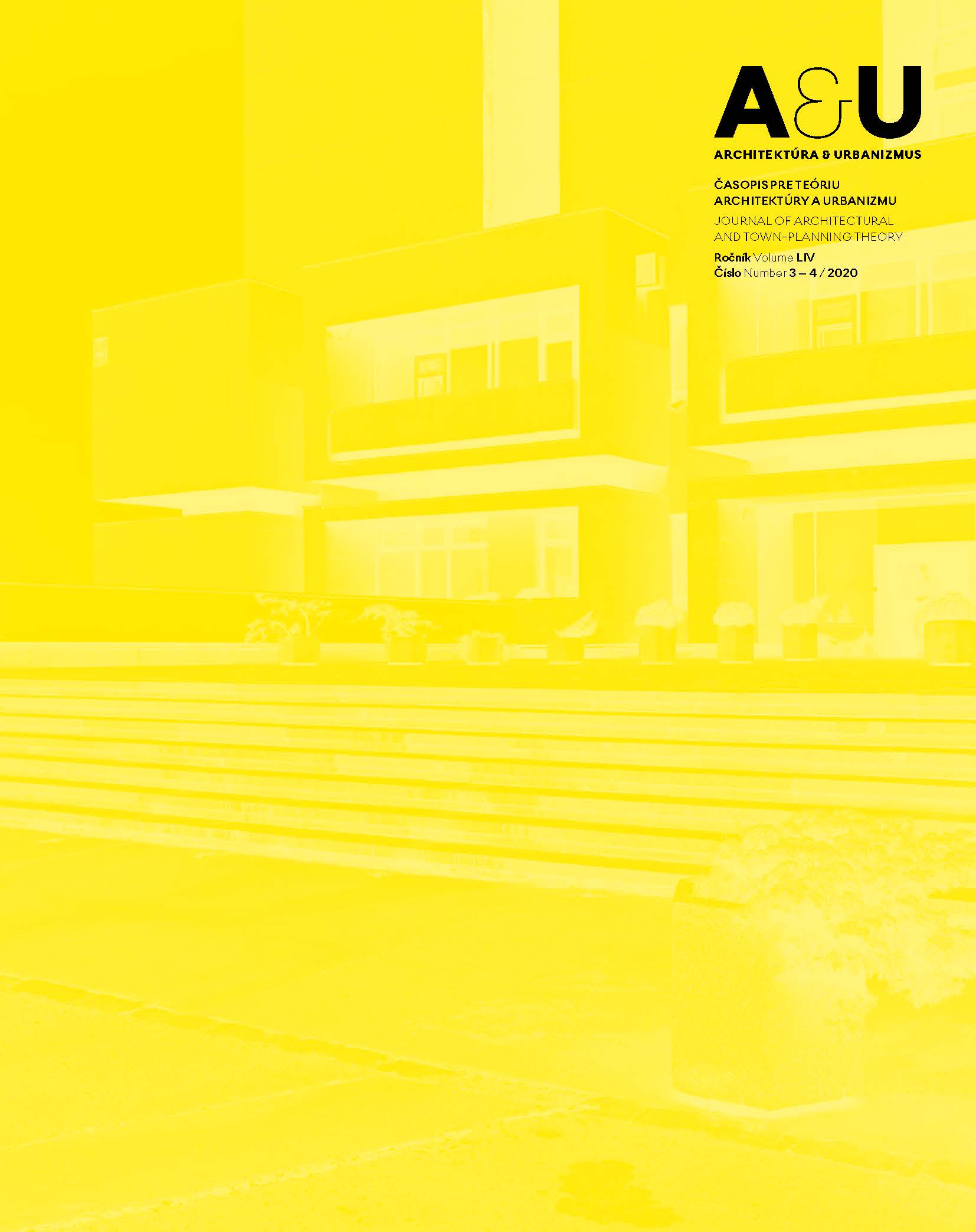Vliv stavebního rozvoje na polohu a podobu center malých obcí – vyhodnocení pomocí metody Space syntax
The Influence of Building Development on the Location and Form of the Centers of Residential Communities – an Evaluation Using Space Syntax
Author(s): Jan MaňasSubject(s): Fine Arts / Performing Arts, Architecture, Rural and urban sociology
Published by: Historický ústav SAV, v. v. i.
Keywords: built environment; suburbanization; space syntax; street network; graph centrality; sprawl; spatial pattern;
Summary/Abstract: The impact of suburbanization on the spatial configuration of street networks of small residential communities is the subject of the present research, which consists of an analysis of the metropolitan areas of Prague and Brno. This paper examines the spatial impacts of suburbanization and its consequences in communities that were often the subject of sociological or social-geographical research in the past. Over the past 30 years, the examined settlements have doubled in size, both in terms of population and of buildings. Special attention was intentionally paid to street networks, as they form a kind of a skeleton for every residential community. This circumstance has a significant influence on the interconnection of individual parts of a community, their connection to the outside world, the location of functions within the community, and movement between them. Similarly, the street network plays a role in the fragmentation or availability of individual parts of a community and the ensuing spatial segregation, which may affect the separation of residents of individual parts of the community from other parts of the same community. It was the rapid and often debatable construction boom around large cities in the Czech Republic following the Velvet Revolution that resulted in a several-fold increase in built-up areas. In many cases, this phenomenon not only negatively affected the lives of residents, but also the physical structure and thus the function of settlements as such. The structure of communities is characterized by a high degree of inertia. Changes can result in problems that are difficult to solve or even irreversible. The aim of the work is to analyze the street network of select areas and assess how well they manage to fulfil their potential with respect to commercial facilities, which are one of the basic components of a functioning community. The research presented two hypotheses, which were tested using the methods of global integration (Integration HH) and terrain research of the given settlements involving analysis of the location of commercial facilities. By using the Space Syntax indicator of integration created in the mid-20th century by Bill Hillier and Julienne Hanson, the current location of the most integrated places was identified based on the current state of the street network. The result was compared with the location of the most integrated places and state of the street network before 1989, after which we checked whether the potential of these places is currently being met with the presence of commercial facilities. In most cases, the development of the street networks in these communities transformed the structure of the settlements through radical changes to the location of the most integrated places, implying a shift from the older to newer parts of the community. The new places, however, generally do not utilize their potential and the commercial and civic amenities remain in the original centers. The results of analysis of the two largest Czech cities may serve as inspiration for additional settlements as they design their spatial planning and materials at a local level for the placement of businesses, or it may help optimize the current state of these businesses. The findings also show the need to examine the possible impacts of planned development in land-use studies, ideally in the long run. At the same time, attention should be focused at the very beginning on prevention, addressing the causes within the street network of settlements that redistribute potentials. The costs of such solutions may generally be lower than the corrective measures used to address negative consequences.
Journal: Architektúra & Urbanizmus
- Issue Year: 54/2020
- Issue No: 3-4
- Page Range: 252-260
- Page Count: 9
- Language: Czech

